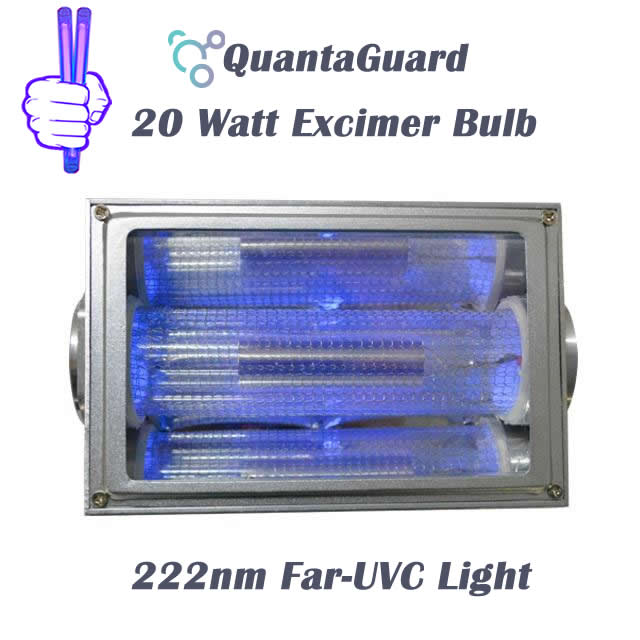

They exhibited cell viability with the JNK/ATF2 pathway remaining suppressed compared to 254-nm and 277-nm treatment. We found that human retinal cells, ARPE-19 cells, have decreased viability and lower growth rate when exposed to 222-nm far UVC compared to control cells. Here, we sought to compare the different UVC wavelengths in their effects on cell viability and DNA damage.
#Far uvc light manufacturers skin
However, some reports emerge that 222-nm sources may not be as safe where it is capable of inducing both erythema and cyclopyrimidine dimer (CPD) formation in human skin 14. Promisingly, 222-nm far UVC lamp has been touted to be a safe solution, where no pyrimidine dimer formation was observed in human and mouse skin models, and cell viability of layered cell sheets is retained after irradiation with 222-nm far UVC 12. However, their safety profile on mammalian cells have been much less documented, with that of 222-nm wavelength being controversial. Recent developments in the UV technologies have seen UVC LED, mainly in the wavelengths of ∼270-280 nm 11, and 222-nm far UVC lamp 12, 13 emerging as viable alternatives to the traditional UVC mercury lamp. Irradiation of mammalian cells with UVC has been known to induce DNA damages in the form of thymine dimers and 6,4-photoproducts 1, 8, activation of MAPK signalling pathways 9, 10, and potentially cell cycle arrest and apoptotic pathways 2. Various studies have documented the potential dangers of UVC mercury lamp (254 nm), where temporary eye and skin damage could be observed upon prolonged direct exposure to UVC 7. This is especially relevant during the COVID-19 pandemic, where UVC light manufacturers have introduced several UVC devices intended for home usage and safety precautions have been hugely neglected in this process. However, with increasing use of man-made UV germicidal irradiation tools, it is likely that more human exposures of UVC could occur. UVC (200-280 nm) is believed to be typically absorbed by the atmospheric ozone and does not reach the earth’s surface 6. Traditionally, we have focussed our attention on UVA (330 - 400 nm) and UVB (290 - 330 nm) given that these are the UV wavelengths we are typically exposed to on the earth’s surface. The long-term negative consequences of the UV irradiation include erythema 3, skin cancer 4 and eye damages 5. These could eventually lead to apoptosis and local DNA damages 2.
#Far uvc light manufacturers series
It is well established that mammalian cells can sense ultraviolet (UV) irradiation and mount a series of elaborate responses, also known as the UV response, which targets multiple signalling pathways 1.


 0 kommentar(er)
0 kommentar(er)
